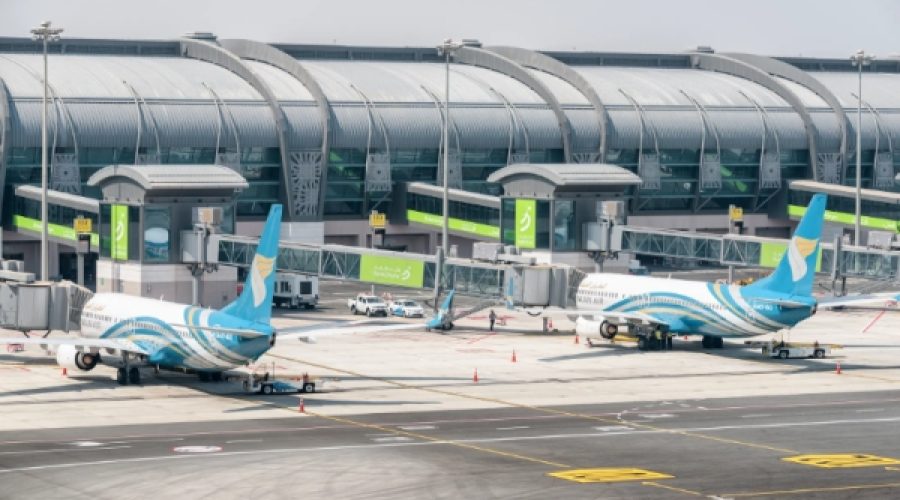Surge in Airline Demand Fuels Growth in Direct Passengers at Muscat: What This Means for Investors and Business Owners in Oman
Muscat: Middle Eastern airlines experienced a 6.3 percent year-on-year increase in passenger demand, with capacity rising by 6.2 percent, while the load factor remained steady at 81.9 percent compared to September 2024, according to data from the International Air Transport Association (IATA) for September 2025.
At Muscat International Airport, the number of direct passengers grew by 4 percent, reaching 561,231 in September 2025. Additionally, the number of airlines transiting through Oman’s airspace rose by 9 percent to 47,556 from 43,441 in the same month last year.
Key statistics include:
– Total demand, measured in revenue passenger kilometers (RPK), increased by 3.6 percent compared to September 2024.
– Total capacity, measured in available seat kilometers (ASK), was up 3.7 percent year-on-year.
– The overall load factor for September stood at 83.4 percent, a slight decrease of 0.1 percentage points from September 2024.
– International demand increased by 5.1 percent year-on-year, with capacity rising 5.2 percent and a load factor of 83.6 percent (down 0.1 percentage points).
– Domestic demand grew by 0.9 percent, with capacity up 1.1 percent and the load factor at 83 percent (down 0.1 percentage points).
Willie Walsh, IATA’s Director General, stated, “Solid international demand drove 90 percent of September’s 3.6 percent overall growth. Importantly, capacity expansion slightly outpaced demand growth at 3.7 percent. Load factors, nonetheless, remained very strong at 83.4 percent. With November flight schedules indicating a 3 percent expansion over the previous year, airlines are preparing for continued growth into the year-end holiday season, despite ongoing severe supply chain constraints.”
Special Analysis by Omanet | Navigate Oman’s Market
The steady increase in passenger demand and capacity at Muscat International Airport, alongside robust load factors, signals strong growth potential for Oman’s aviation and tourism sectors. For businesses, this underscores opportunities in travel-related services and infrastructure development, while smart investors should consider expanding in hospitality and logistics to capitalize on rising international traffic. However, ongoing supply chain constraints pose risks that require strategic planning and agile operations to maintain service quality and growth momentum.



